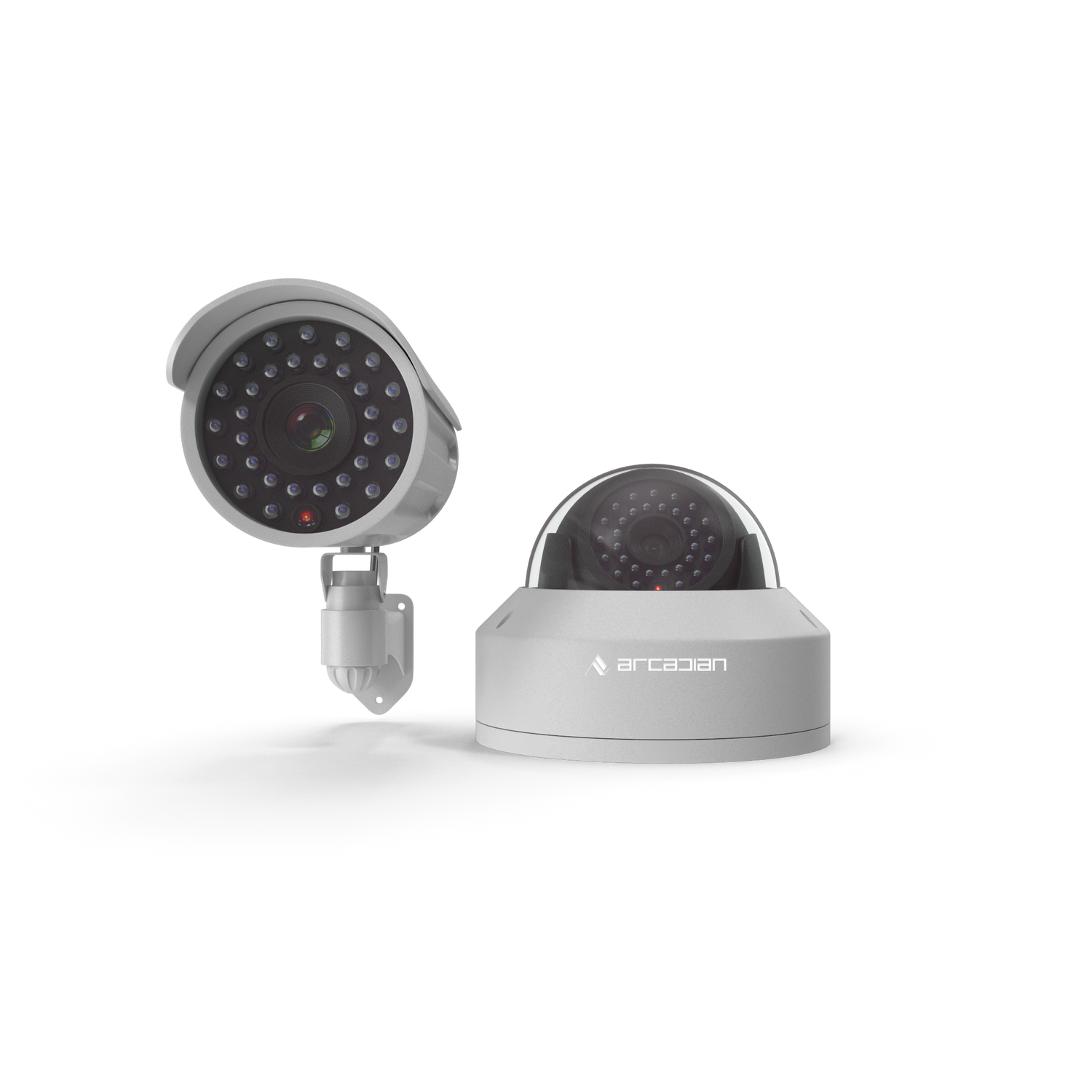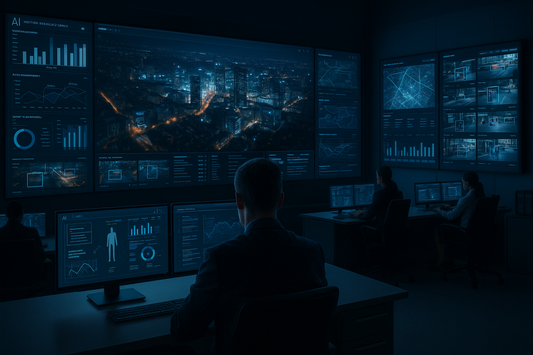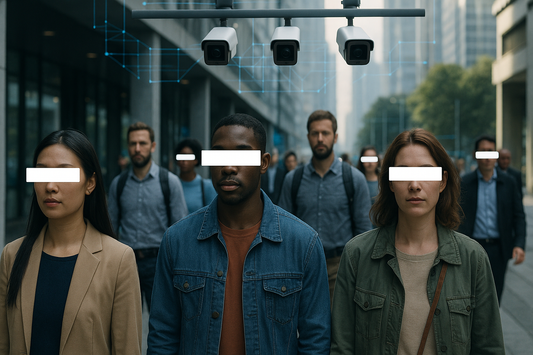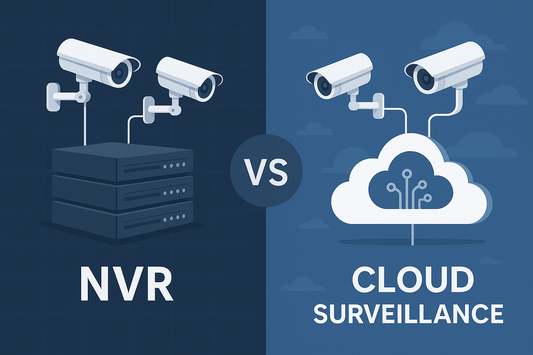Why NVRs Are Dying: The Hidden Cost of Clinging to Legacy Surveillance Systems
NVRs once defined surveillance. Today, they define stagnation. Learn how hybrid AI security and cloud-native platforms like ArcadianAI are exposing the fatal flaws of legacy video management systems — and why clinging to your NVR could cost more than upgrading ever will.
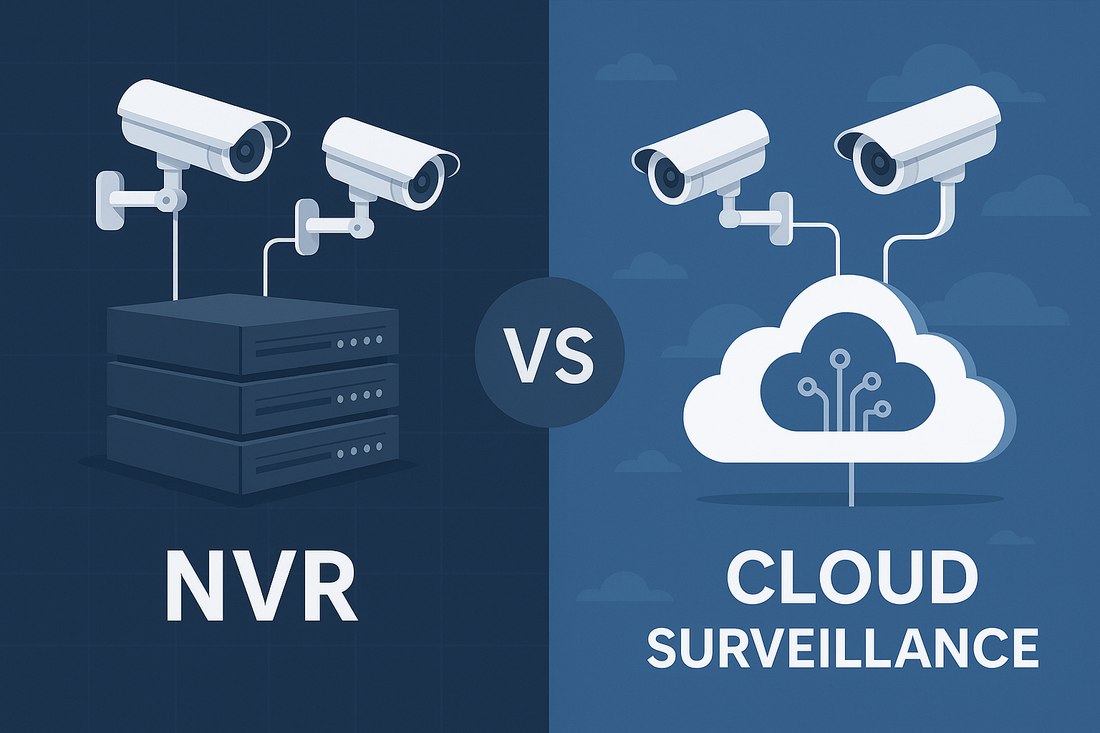
- Introduction: The Silent Failure of “Good Enough” Security
- Quick Summary / Key Takeaways
- Background & Relevance: The Market Shift That’s Already Happening
- Why Keeping Your NVR Could Be Your Biggest Security Risk
- NVR vs Cloud Surveillance: What’s the Real Difference?
- VMS vs VSaaS: The Evolution of Video Management
- Hybrid Security: The Bridge to the Future
- Competitor Reality Check: Why ArcadianAI Is Different
- The Real Disruption: From Passive Monitoring to Active Intelligence
- Common Questions (FAQ)
- Conclusion: The Death of NVR Is the Birth of Smarter Security
- Security Glossary (2025 Edition)
Introduction: The Silent Failure of “Good Enough” Security
In 2025, the biggest risk to your business might not be hackers or burglars — it’s your Network Video Recorder (NVR).
ArcadianAI has seen this story unfold across retail chains, logistics hubs, and public spaces. Businesses cling to their NVRs thinking they’re saving money — until an incident exposes the truth: footage is missing, analytics failed, or no one saw the alert in time.
Meanwhile, competitors like Verkada, Milestone, and Eagle Eye Networks are selling the illusion of “modern cloud security” — yet many of these platforms are still hybrids of old NVR logic, just with a web interface.
This is the paradox of modern surveillance: we think we’ve upgraded, but most organizations are still operating on yesterday’s architecture — centralized, fragile, and blind to context.
Quick Summary / Key Takeaways
-
NVRs create single points of failure and bandwidth bottlenecks.
-
Legacy VMS systems can’t adapt to real-world context or AI learning.
-
True cloud-native VSaaS solutions deliver scalability, redundancy, and insight.
-
Hybrid AI security bridges on-prem cameras with adaptive cloud analytics.
-
Keeping your NVR might cost more in downtime, compliance, and lost evidence than upgrading ever will.
Background & Relevance: The Market Shift That’s Already Happening
According to MarketsandMarkets (2025), the global VSaaS (Video Surveillance as a Service) market is expected to reach $13.4 billion by 2027, growing at over 18% CAGR, while the NVR hardware market is shrinking year over year.
Why? Because traditional NVR-based systems can’t keep up with:
-
Multi-location scalability
-
AI-driven analytics (object tracking, loitering, vehicle tagging)
-
Cybersecurity compliance (SOC 2, NDAA, GDPR)
-
Real-time cloud integration for dispatch or automated response
The world is shifting from recording footage to understanding behavior — and that requires intelligence, not storage.
Why Keeping Your NVR Could Be Your Biggest Security Risk
Reverse psychology works best when it reveals a truth we don’t want to face:
“If your NVR hasn’t failed yet, it’s just waiting for the right night to ruin you.”
Let’s unpack what makes NVRs a hidden liability:
1. Single Point of Failure
When your NVR crashes, your surveillance goes dark. Power surge? Disk failure? Network hiccup?
Gone.
A true cloud VSaaS like ArcadianAI replicates footage and AI metadata across distributed nodes — no single box to die, no footage lost forever.
2. The Illusion of Savings
NVRs feel cheaper — until you add:
| Hidden Cost | Description | Example Impact |
|---|---|---|
| Maintenance | HDD/firmware replacements | $300–$500/year per site |
| Bandwidth & Static IP | IT labor, DDNS, port forwarding | +$1,000/year per site |
| False Alarms | Missed or wasted guard time | $5,000–$15,000/year |
| Downtime | Lost footage during incidents | Priceless when evidence is missing |
Total Cost of Ownership (TCO) of an NVR often exceeds 3× the price of a modern hybrid cloud solution.
3. Stuck in the Past: Dumb Storage in a Smart World
Most NVRs — even those with “AI” stickers — perform only basic motion or object detection.
They can’t interpret context: Was it a loitering person? A vehicle circling? A staged theft?
ArcadianAI’s Ranger changes that equation.
It analyzes cross-camera behavior, understands environmental patterns, and reduces false alarms by up to 90%.
That’s not surveillance — that’s situational awareness.
4. Compliance and Cybersecurity: The Ticking Time Bomb
NVRs are infamous for outdated firmware, default passwords, and open ports.
Even “secure” models from top brands have been blacklisted under NDAA Section 889 for links to Chinese firmware libraries.
With SOC 2 and NDAA compliance, ArcadianAI ensures no sensitive footage or metadata leaves the secure cloud perimeter.
That’s not optional anymore — it’s survival.
NVR vs Cloud Surveillance: What’s the Real Difference?
| Feature | NVR / Legacy VMS | Cloud VSaaS (ArcadianAI) |
|---|---|---|
| Architecture | On-premises box | Distributed cloud-native |
| Redundancy | None | Multi-zone replication |
| AI Capability | Limited motion detection | Context-aware adaptive AI |
| Cybersecurity | Vulnerable firmware | SOC 2 + NDAA compliant |
| Scalability | Hardware limited | Infinite horizontal scaling |
| Access | Local only | Anywhere, any device |
| ROI | Hardware drain | Predictable SaaS model |
VMS vs VSaaS: The Evolution of Video Management
The VMS (Video Management System) market — dominated by Milestone, Genetec, and Avigilon — built the surveillance backbone of the 2000s.
But the 2020s demand more: real-time intelligence, AI-driven analytics, and autonomous decision-making.
VSaaS (Video Surveillance as a Service) platforms like ArcadianAI bring that evolution by offloading heavy processing to scalable AI systems that learn, adapt, and improve across customers and sites.
The future isn’t a rack of servers — it’s adaptive intelligence on demand.
Hybrid Security: The Bridge to the Future
Not every site can go 100% cloud right away.
That’s why ArcadianAI designed the Bridge — a secure edge device that connects any existing NVR or IP camera directly to the cloud for adaptive AI processing, without replacing hardware.
This hybrid security architecture lets organizations modernize incrementally while immediately gaining AI analytics, real-time alerting, and secure remote access — no port forwarding, no VPN, no IT headaches.
Competitor Reality Check: Why ArcadianAI Is Different
| Company | Approach | Limitation | ArcadianAI Advantage |
|---|---|---|---|
| Verkada | Closed hardware + cloud | Vendor lock-in, privacy concerns | Camera-agnostic, modular integration |
| Eagle Eye Networks | Cloud VMS | Limited AI analytics | Context-aware AI engine |
| Milestone | On-prem VMS | Heavy IT dependency | Fully SaaS-native |
| Genetec | Hybrid VMS | High cost, complex setup | Simplified onboarding |
| ArcadianAI Ranger | Cloud-native AI VSaaS | – | Contextual, adaptive, and autonomous |
The Real Disruption: From Passive Monitoring to Active Intelligence
ArcadianAI’s Ranger isn’t just a platform — it’s an AI security assistant that sees what humans miss:
-
Detects behavioral anomalies across multiple cameras
-
Filters environmental noise and false alarms
-
Provides natural-language incident search (“show me loitering near Door 3 last night”)
-
Integrates seamlessly with Immix, RSPNDR, and RapidSOS for live incident dispatch
This turns every camera into part of a living, learning network — not a static recorder.
Common Questions (FAQ)
1. Is cloud surveillance safe from cyberattacks?
Yes — if it’s SOC 2 and NDAA compliant like ArcadianAI. Cloud platforms isolate data by tenant, encrypt video at rest and in transit, and remove on-prem firmware risk.
2. Can I keep my existing NVR and still use cloud AI?
Yes. ArcadianAI’s Bridge allows hybrid setups — you keep your cameras, gain cloud intelligence.
3. What’s the biggest downside of legacy NVRs?
Data loss and compliance risk. One crash or firmware exploit can erase crucial footage or expose your network.
4. How does ArcadianAI reduce false alarms?
By analyzing multi-camera context and learning behavior over time, Ranger filters noise and identifies true threats.
5. Isn’t cloud more expensive long-term?
Actually, no. When you add hardware, IT, maintenance, and missed incidents, NVRs cost more per month than adaptive VSaaS systems.
Conclusion: The Death of NVR Is the Birth of Smarter Security
The truth is simple — NVRs weren’t designed for the AI era.
They were built to record, not to understand.
And in a world where every second counts, ignorance isn’t protection — it’s exposure.
ArcadianAI Ranger represents the next frontier: context-aware, autonomous, and cloud-native security that evolves as threats do.
Still think your NVR is “good enough”?
That’s exactly what every victim said — until the footage was gone.
See ArcadianAI in Action → Get Demo – ArcadianAI
Security Glossary (2025 Edition)
AI Surveillance — Intelligent monitoring systems that analyze video in real time using machine learning.
ArcadianAI Ranger — Cloud-native AI platform delivering adaptive, context-aware surveillance.
Bridge Device — Secure edge connector linking legacy cameras/NVRs to ArcadianAI’s cloud.
Cloud VSaaS — Video Surveillance as a Service; cloud-based storage and analytics.
Genetec — Hybrid VMS company offering enterprise-grade management systems.
Hybrid Security — Integration of on-prem hardware with cloud analytics for gradual modernization.
Milestone Systems — Leading on-prem VMS software provider.
NDAA Compliance — U.S. regulation banning surveillance products with restricted firmware origins.
NVR (Network Video Recorder) — Local hardware device used for video recording and storage.
Ranger AI Assistant — ArcadianAI’s intelligent monitoring module for real-time anomaly detection.
SOC 2 — Compliance standard ensuring secure data handling in cloud services.
VMS (Video Management System) — Software that manages IP cameras and recordings locally.
Verkada — Closed-system VSaaS provider known for proprietary hardware integration.
VSaaS (Video Surveillance as a Service) — Subscription-based cloud surveillance model.
Eagle Eye Networks — Cloud VMS provider offering remote camera management.
Contextual AI — AI capable of understanding multi-camera relationships and scene context.
False Alarm Reduction — The process of minimizing irrelevant alerts via AI filtering.
Cyber Hygiene — Maintaining secure configurations and patches to prevent network intrusion.
TCO (Total Cost of Ownership) — Long-term cost including hardware, maintenance, and operations.
Edge Analytics — AI processing done locally at camera or gateway level before cloud upload.
Port Forwarding — A risky network setup exposing NVRs to the internet for remote access.

Security is like insurance—until you need it, you don’t think about it.
But when something goes wrong? Break-ins, theft, liability claims—suddenly, it’s all you think about.
ArcadianAI upgrades your security to the AI era—no new hardware, no sky-high costs, just smart protection that works.
→ Stop security incidents before they happen
→ Cut security costs without cutting corners
→ Run your business without the worry
Because the best security isn’t reactive—it’s proactive.
